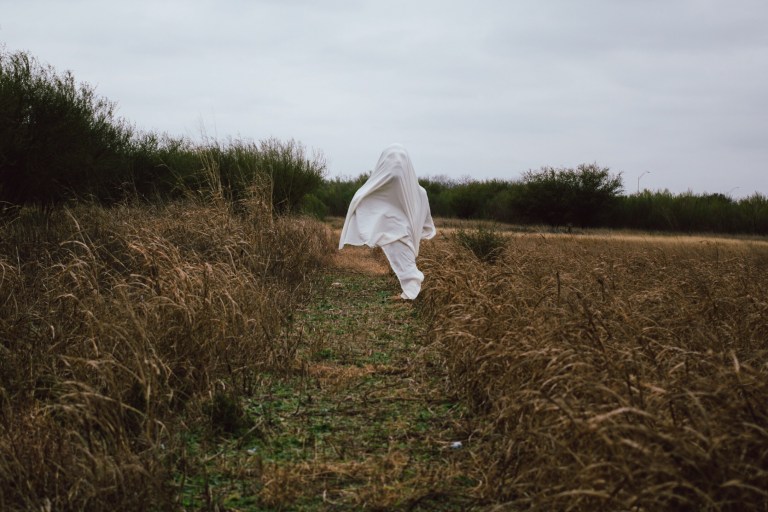‘War Is Beautiful’: How The NY Times Has Glamorized War For Over A Decade
War stuns the senses to the point that its portrait needs to be painted over and over. These images apotheosize adrenaline and firepower, preserving American idols.
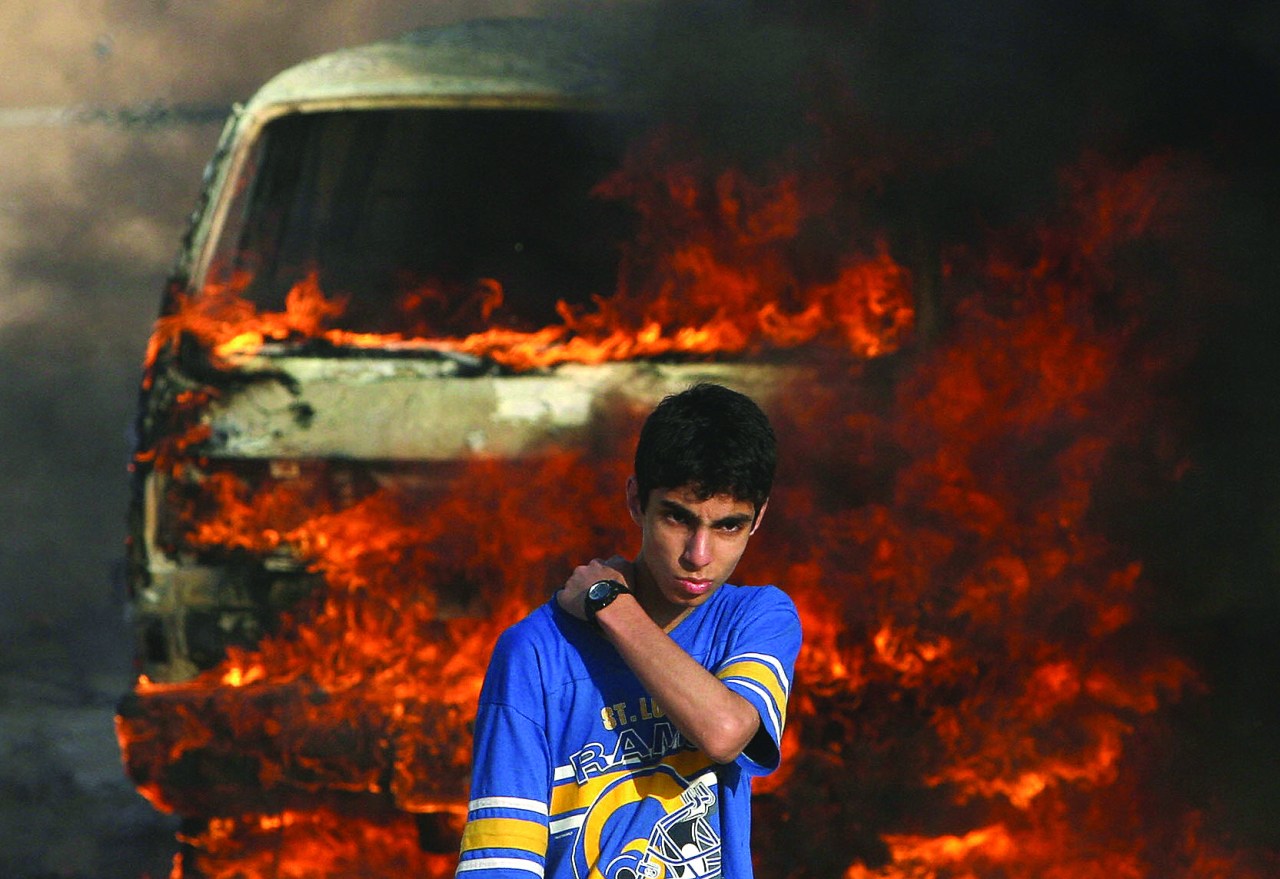
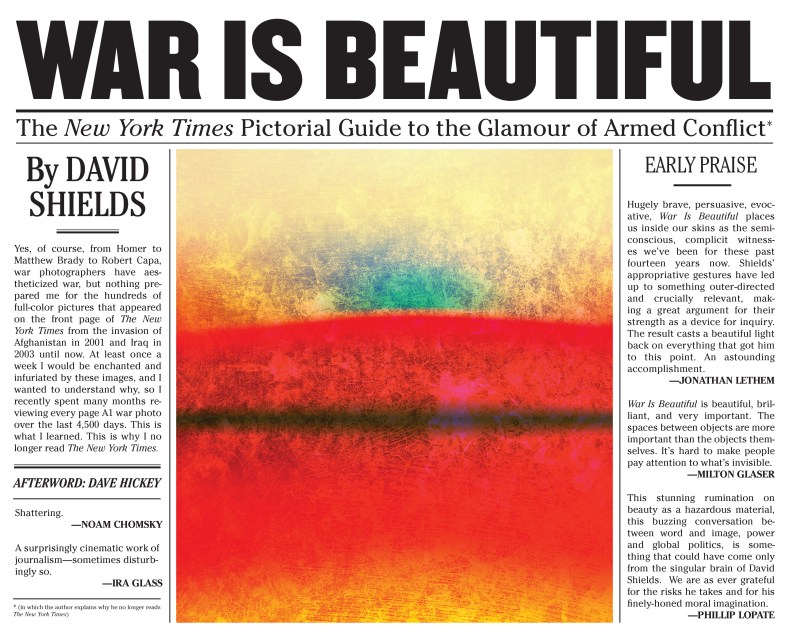
The below is an excerpt from David Shields’ book ‘War Is Beautiful’, available today from powerHouse Books.
For decades, upon opening the New York Times every morning and contemplating the front page, I was entranced by the war photographs. My attraction to the photographs evolved into a mixture of rapture, bafflement, and repulsion. Over time I realized that these photos glorified war through an unrelenting parade of beautiful images whose function is to sanctify the accompanying descriptions of battle, death, destruction, and displacement. I didn’t completely trust my intuition, so over the last year I went back and reviewed New York Times front pages from the invasion of Afghanistan in 2001 until the present. When I gathered together hundreds and hundreds of images, I found my original take corroborated: the governing ethos was unmistakably one that glamorized war and the sacrifices made in the service of war.
Reviewing nearly a thousand front-page war pictures, I noticed that many, even most, repeat certain visual tropes, or gestures. This book aims to demonstrate what these patterns are and how these patterns work together.
Nature
Military action becomes a habitat, the preserve of masculine desire for war. Men are as glorious as nature when in bellicose tribes occupying wilderness and believing in regeneration through violence.
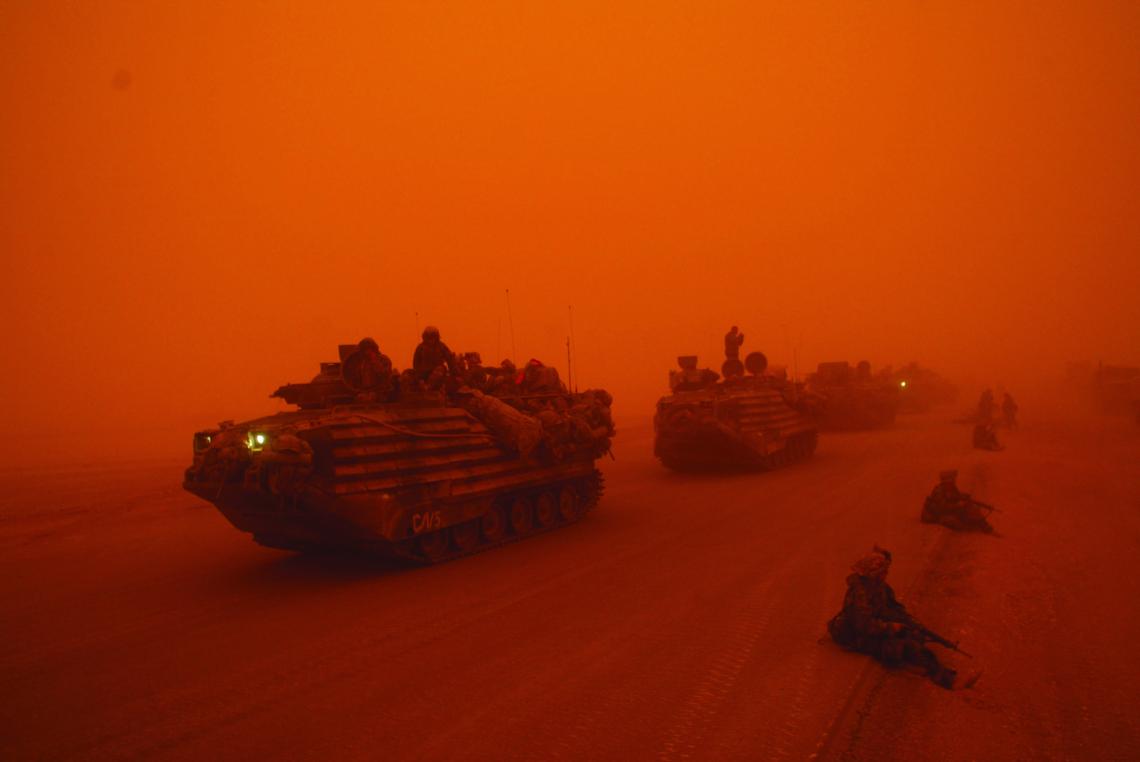
Playground
War is the playground that authorizes the male psyche to exercise its passions. It’s also the dangerous arena into which the Times sends its employees to win awards and promote its brand.
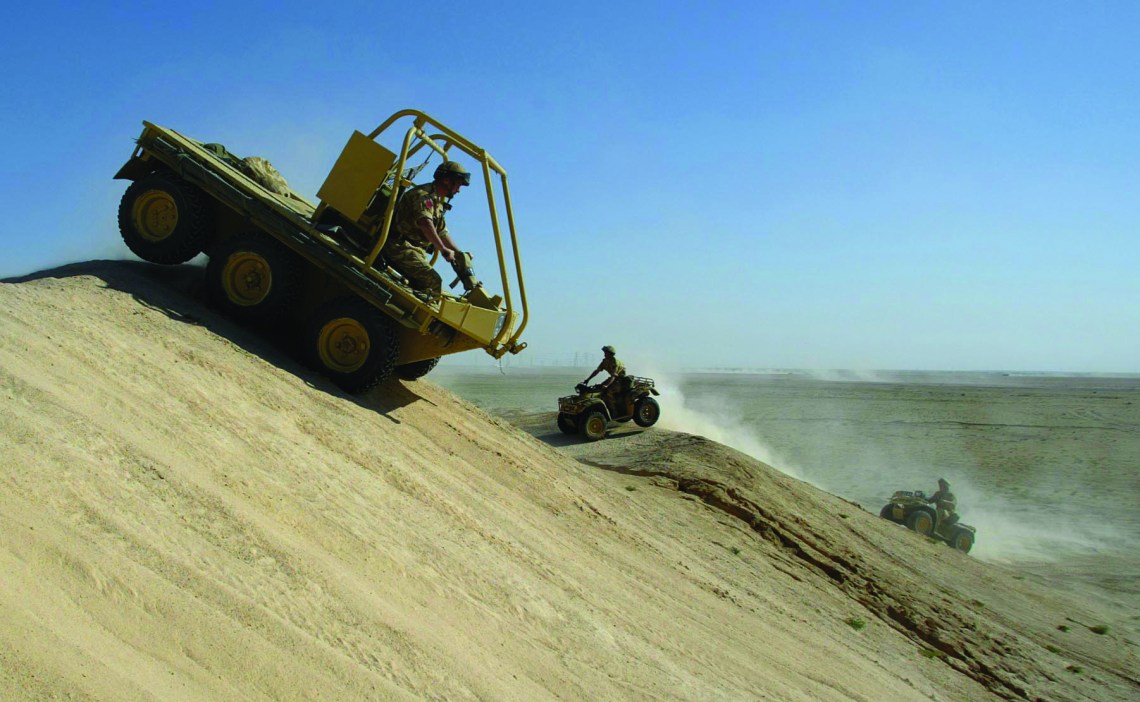
Father
Within another culture, the American warrior is presented as protection and relief from the chaos and blood that he himself has unleashed upon the indigenous culture. Children need faux-fathers because their real fathers may already be dead.
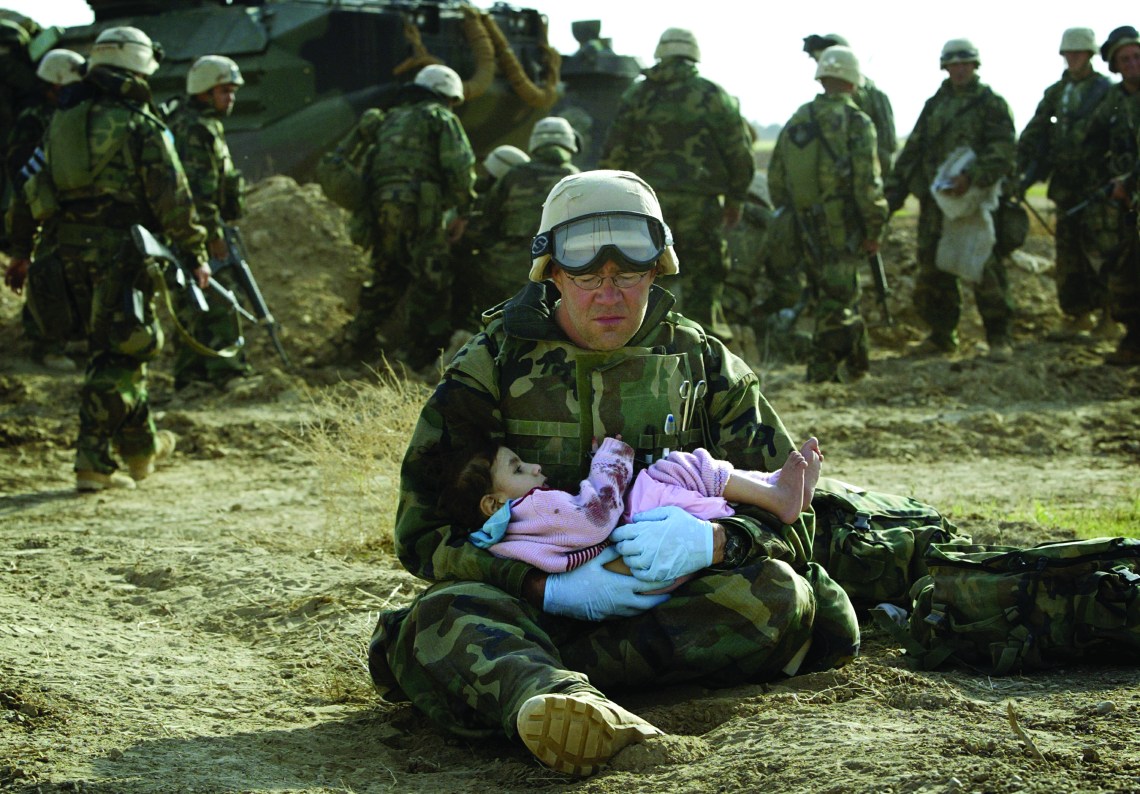
God
The military commands the globe; the Times surveys and imagines the battlefield from a vantage point high above the field of play; everything is under control for the creation of a new world.
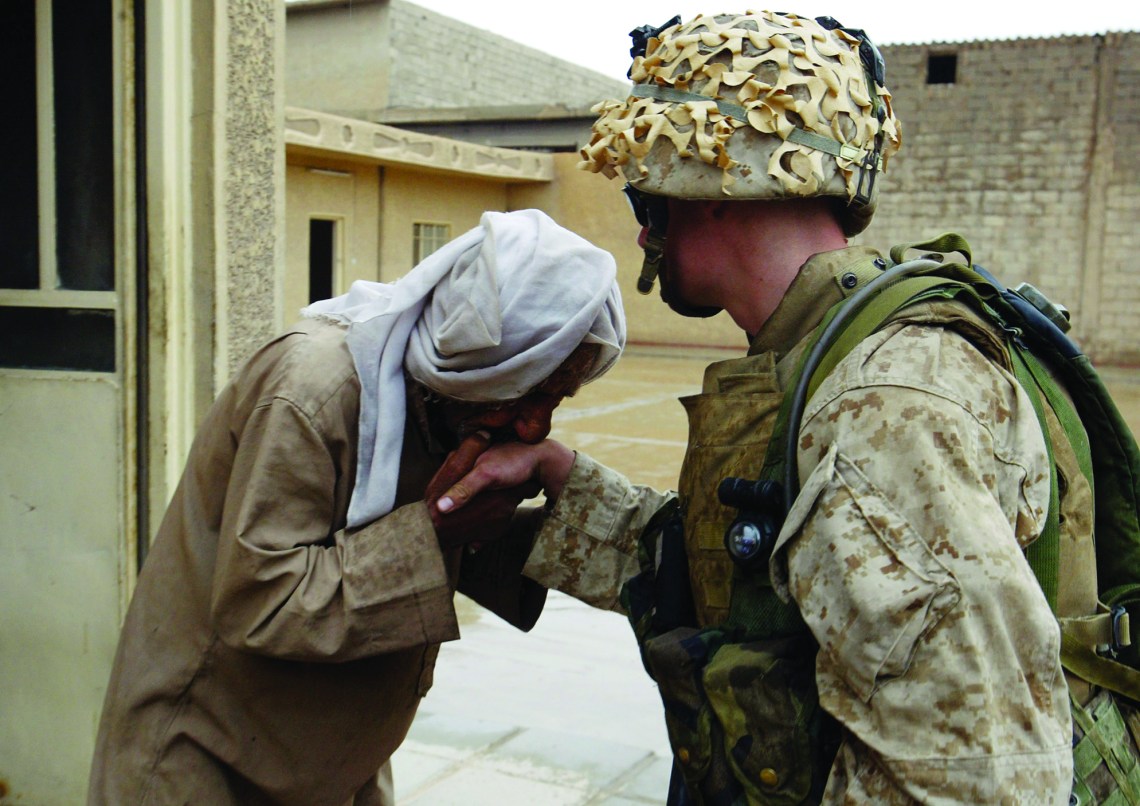
Pietà
War death = Christ’s death on the cross. The process of removing the body from the cross and battlefield is sacred. Mourning is always muted and respectful. Hysterical grief is banned.
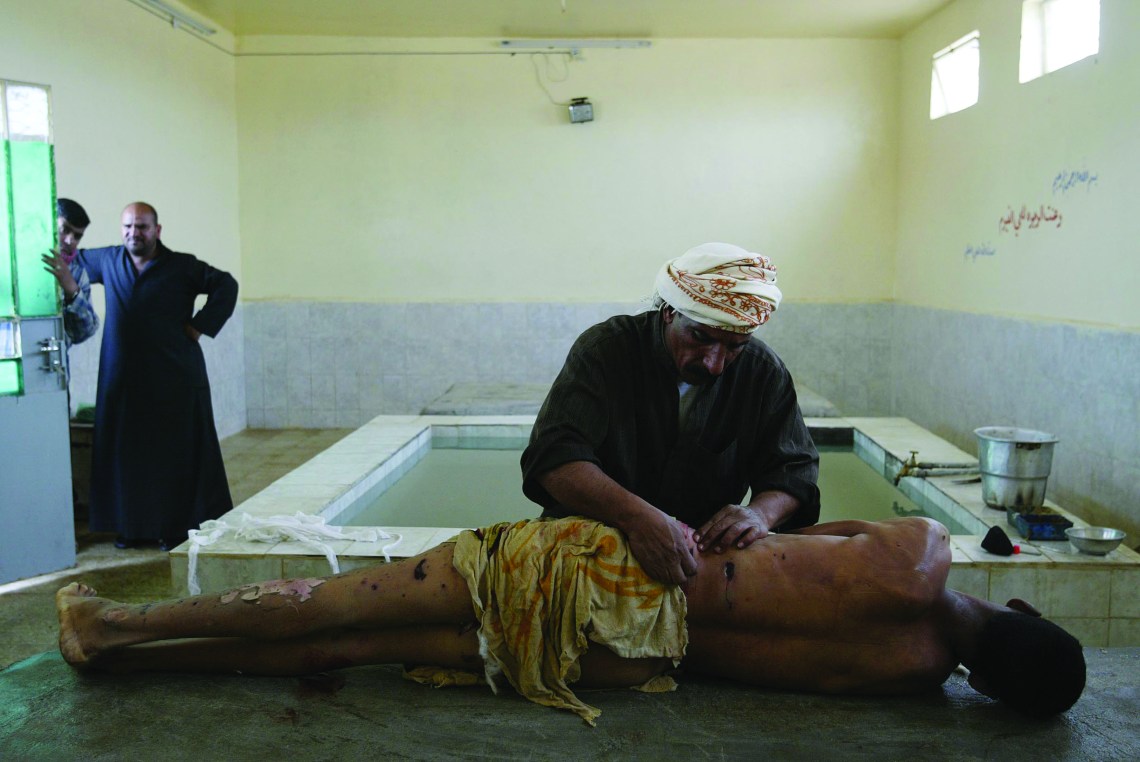
Painting
War stuns the senses to the point that its portrait needs to be painted over and over. These images apotheosize adrenaline and firepower, preserving American idols.

Movie
The positing of action heroes, video games, and special effects in cinematic stills. Countless American war movies are behind the image screens. The body’s grotesque disfigurement and death are erased by technology and art.
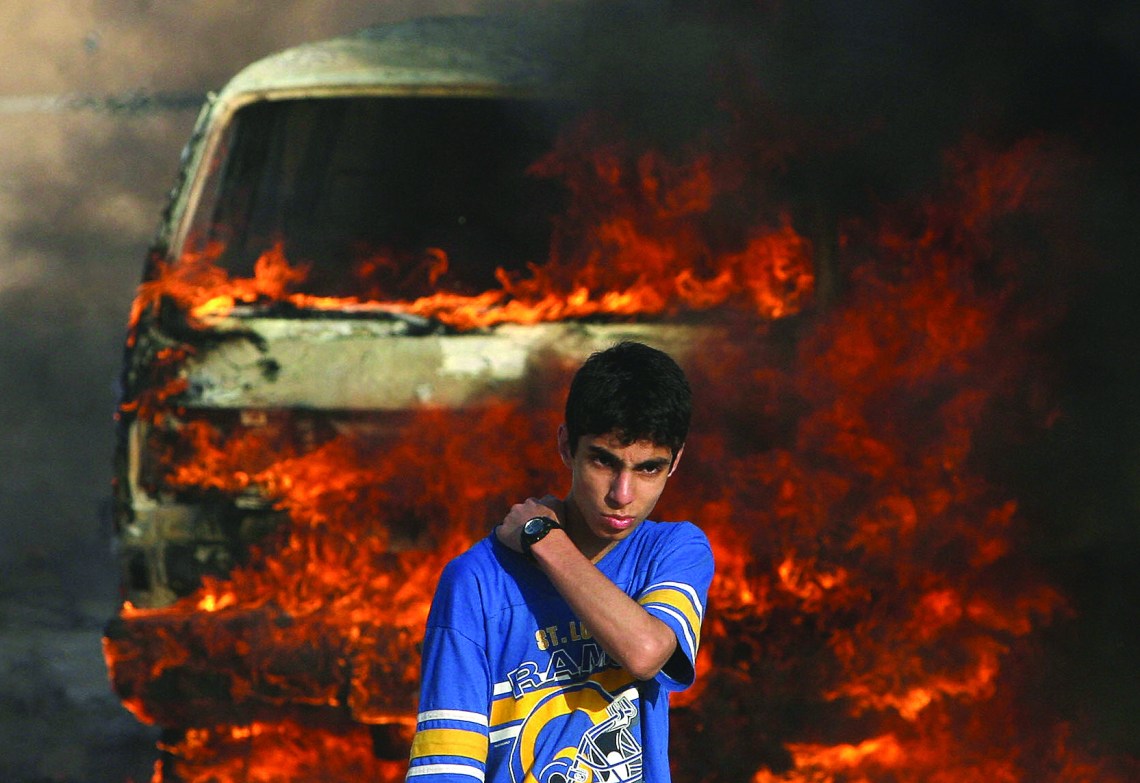
Beauty
Portraits of the other: the occupied and displaced, mostly women and children, beauties seeking salvation. Male sacrifice and war are consecrated in these faces—the rationale for going to war. Fathers and God are the necessary destroyers.
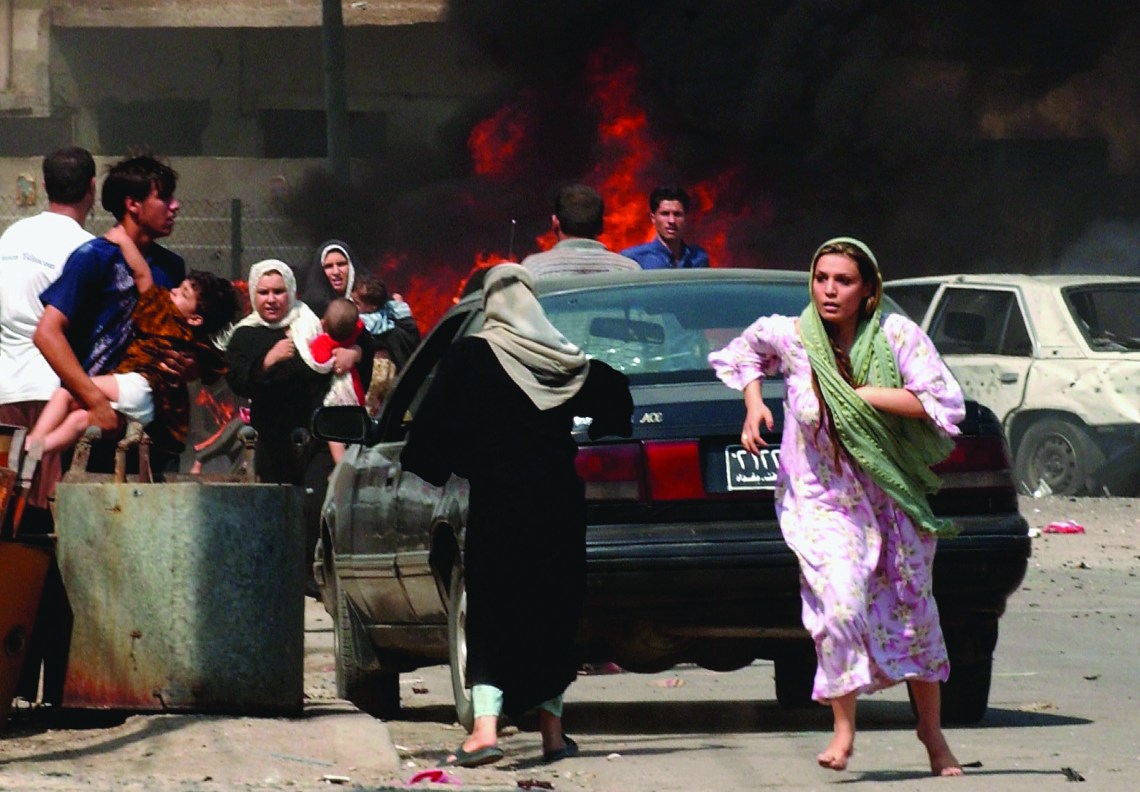
Love
Proximity to death, which marks the separation between military and civilian life, is unmistakably erotic. Like sex, war is a force that gives us meaning; a male soldier’s combat death is as close as he’s ever going to get to birth, to the origin of things.

Death
The machine rolls on; the war dead incarnate the immortal epic told as if they agreed to lie supine to support the light and civilization that surely surround them.
Art is an ordering of nature and artifact. The Times uses its front-page war photographs to convey that a chaotic world is ultimately under control, encased within amber. In so doing, the paper of record promotes its institutional power as protector of death-dealing democracy and curator of Western civilization. Who is culpable? We all are; our collective psyche and memory are inscribed in these photographs. Behind these sublime, destructive, illuminated images are hundreds of thousands of unobserved, anonymous war deaths; this book is witness to a graveyard of horrendous beauty.
Order ‘War Is Beautiful’ by David Shields from powerHouse Books here. ![]()


